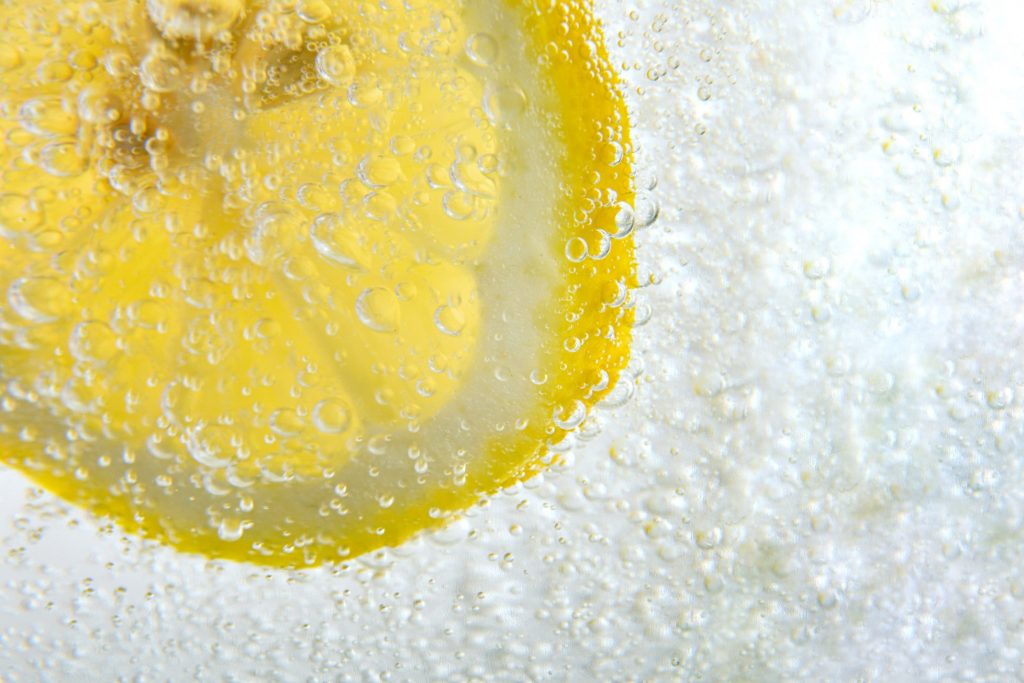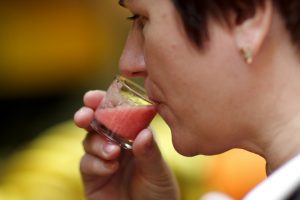The prevalence of overweight and obesity is a continued global concern, and weight management is a top benefit consumers seek when choosing foods or beverages. Calorie content of beverages has been of recent concern because they are the leading source of added sugar intake in diets across the world and contribute to excess weight gain. As a result, low- or mid-calorie beverages have great potential to help people reduce their sugar and calorie intake to better manage their weight. For the purpose of this article, ‘low-calorie’ does not refer to any specific regulatory definition of low-calorie, but instead refers to beverages designed to help consumers reduce their calorie intake compared to full-calorie beverages. We have seen many of these types of beverages introduced in the market, but the success rate for these launches is not always the best.
Why has this been the case? The challenge of balancing taste and nutrition in beverages is one cause. If you remove calories in beverages, you are most likely replacing a calorie-rich ingredient, such as sugar, juice, or a fat source, with calorie-free water, sometimes giving a product a watered-down taste. The challenge with removing these types of ingredients, however, is that not only do they provide calories, but they also provide flavour, colour, aroma, body, and mouthfeel.
The challenge to overcome in formulating low-calorie beverages

One of the most challenging aspects of addressing taste concerns in low-calorie beverages is that consumers have difficulty describing exactly why the beverages are less preferred, making the solution hard to pinpoint.
Taste is a broad term and too often the mouthfeel cannot be separated from the aromatics and flavour components. It can be difficult for consumers to articulate what they can’t easily see, such as mouthfeel. Without the proper sensory vocabulary, consumers aren’t able to express what’s missing in low-calorie beverages and it explains why consumers tend to struggle with this type of product. A lack of mouthfeel in sugar-reduced products can disrupt the entire profile and can result in lower consumer preference due to less flavor, complexity, fullness and balance.
When people are participating in a sensory test and describing what they taste or notice in products, it can often come with what sensory scientists call a “halo effect”. A halo effect is when the liking scores subconsciously impact the attribute scores. For example, sample 1 is liked more overall by the tester and receives a higher mouthfeel rating just by virtue of being liked more, even if the mouthfeel isn’t actually more favorable. This can result in cases where unknown characteristics are evaluated together without being able to be easily differentiated.
Differentiating taste vs mouthfeel
Training technical personnel to use a lexicon for food and beverage can help fill the gaps to better understand what consumers mean when they say things like ”it’s fake, it’s not authentic, it’s missing depth, I FEEL like something is lost.” They know what sweetness is but adding only sweeteners to reduced-sugar products is not the same experience as a full-sugar product. For example, when comparing a full-sugar soda versus it’s no sugar counterpart, consumers notice the sugar film is gone and the mouthfullness is missing, but have a difficult time articulating this difference.
Mouthfeel sensations experienced inside the mouth while eating or drinking include various tactile attributes such as acidity, dryness, graininess, hardness, mouth coating, wetness, succulence, etc. These complex sensory attributes can be difficult to describe and understand and get further lost in translation when communicated between consumers, product developers, food scientists and sensory scientists.
The role of analytical science
Linking these sensory attributes to analytical characterization such as rheology (the study of the flow of matter) and tribology (the study of friction, lubrication, and wear) allow us to fully understand the factors influencing the mouthfeel of food and beverages, such as viscosity in the mouth, and to develop adapted solutions. These processes can be iterative, time consuming and are dependent on the application type.
There are some challenges linking analytical parameters with sensory attributes. For example, large particle size is perceived as gritty by some panelist whereas other panelist term that “chalky” and/or powdery. Therefore, one finds variability in the description of panelist. Furthermore, some sensory parameters such as grittiness, chewiness, thick, powdery and viscous can be mapped to large particle size, high viscosity, solid particles, and higher solid like behavior, respectively.
A fair amount of information exists quantifying mouthfeel using techniques such as rheology and tribology, but further development in the instrumental prediction of mouthfeel should be required because the dynamic aspect of food breakdown in mouth such as mixing, biting, saliva interaction, and structural demolition is needed to capture texture features. For example, low viscosity liquid can provide great taste perception, but it is very difficult to define a friction factor using tribology even though it affects viscosity and lubrication. Therefore, one needs to develop different sets of methods/experiment depending on the application or problems that needs to be solved.
Solving mouthfeel challenges in low-calorie beverages

Currently, the increased focus on reducing sugar or using vegan fat systems in plant-based dairy alternatives are driving a lot of mouthfeel innovation. In the case of sugar reduction, mouthfeel solutions focused on bringing back or improving mouthfeel specific to the lost sensory attributes is critical. For example, there is a need to build back the syrupy body perception in beverages. Similarly, the need to develop solutions that bring back the creamy, mouth coat, less chalky and increased smoothness attributes are emphasized in fat-reduced products. Research and development has now focused on bringing back sweetness in low sugar products by adding modulators and other tools to build back some of the mouthfeel characteristics, such as syrupy and mouthcoating, which consumers just call ‘body’ or ‘fullness’.
To increase mouthfeel, a multidisciplinary approach is required. A major challenge with commercially available mouthfeel enhancing agents/ingredients is finding solutions that allow a clean label including natural, halal, kosher, non-GMO, and organic. To develop these types of ingredients, understanding of rheology and tribology is required as well as understanding the time-dependent aspect of food digestion (mixing, saliva interactions and structure breakdown) to capture texture of lubrication and viscosity changing that happens during the course of consumption. Different mouthfeel enhancers might be used depending on the type of food and based on different textures present. Thickening agents, bulking agents and micro-particulate ingredients have been investigated for fat replacers.
Sensory science is an essential tool to balance nutrition with taste to ensure that healthier beverages are well-liked and make their way into the day-to-day life of consumers.

 Peter oversees research activities within Kerry’s Taste Innovation team. He has responsibility for developing new and novel flavour/taste molecules and flavour-related technologies specific to taste modulation to support the creation of unique taste solutions across a range of applications.
Peter oversees research activities within Kerry’s Taste Innovation team. He has responsibility for developing new and novel flavour/taste molecules and flavour-related technologies specific to taste modulation to support the creation of unique taste solutions across a range of applications.  Vikash Malik is a physicist by training (PhD in Physics) and analytical scientist by profession. He is currently working as a Senior Research Scientist at Kerry. Vikash has extensive knowledge of analytical techniques such as Rheology, particle analyzer, Dynamic Scanning Calorimetry (DSC), Dynamic Vapor Sorption (DVS) and Size Exclusion Chromatography Multi Angle Light Scattering (SEC-MALS).
Vikash Malik is a physicist by training (PhD in Physics) and analytical scientist by profession. He is currently working as a Senior Research Scientist at Kerry. Vikash has extensive knowledge of analytical techniques such as Rheology, particle analyzer, Dynamic Scanning Calorimetry (DSC), Dynamic Vapor Sorption (DVS) and Size Exclusion Chromatography Multi Angle Light Scattering (SEC-MALS). 

